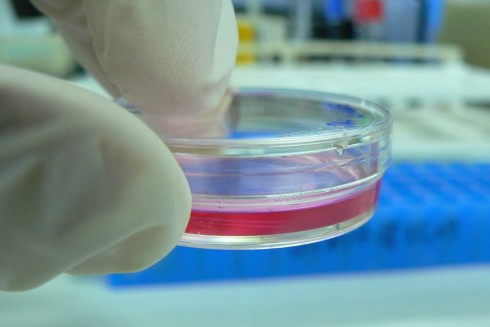A continued challenge for regulatory agencies and environmental health research is a lack of toxicity information for the majority of chemicals present in consumer products and used in other applications. Regulatory agencies and researchers have been working to fill this information gap. The National Institute of Health’s Tox21 initiative is one case where high throughput testing is being prioritized. Tox21 aims to screen 10,000 chemicals for toxic effects and follow up on hits in targeted cellular models. ToxCast, a component of the Tox21 collaboration, provides a publicly available resource with the Environmental Health Protection Agency’s current high-throughput toxicity data.
In addition to the Tox21 data, there is another set of data now publicly available through the European Chemicals Agency (ECHA) which has been collected over the last ten years. Unfortunately, REACH (registration, evaluation, authorization and restriction of chemicals) data is not held in a format that is easy to search and analyze. Dr. Thomas Hartung of Johns Hopkins University has been working to remedy this problem.
Current challenges
Thomas Hartung, a toxicologist at Johns Hopkins, led the creation of a database that compiles all the REACH information into an easily accessible format to facilitate use for regulators and researchers alike. Their work is described in a recent paper published in Alternatives to Animal Experimentation. Although the data was publicly available, ECHA claims it has exclusive rights to the information. Dr. Hartung has agreed to delay making his team’s database public for now.
What the database offers
Given much is unknown about current chemicals in use, the database would offer companies, regulators and researchers insights into potentially toxic effects of new and/or untested substances simply by comparing them to structurally or biologically similar chemicals for which information is already known. Nature highlighted this method known as “read-across” in their recent article.
The database Hartung’s team has created combines REACH data on about 10,000 chemicals with information from over 800,000 research studies conducted on those chemicals. Through complex models built into the database’s interface, a user can assess chemical similarity by simply clicking a button. If the legal challenges can be overcome, this will open up an incredible opportunity for those concerned about the impact of environmental exposures on health.
We are faced with attempting to capture and understand the potential implications of thousands of exposures. There is a need for continued development of approaches that can minimize cost while still providing insightful health data. Traditional toxicity testing involves millions of animals and consequently, costs tens of millions of dollars to perform. In a research environment in which funding is limited, the number of chemicals to assess is innumerable and there is increasing concern about reducing animal use, databases such as this and high-throughput testing initiatives like Tox21 could revolutionize our ability to characterize chemical exposures.
For exposome research, access to this database would add another invaluable tool to answering challenging questions about unknown exposures and biological responses.

